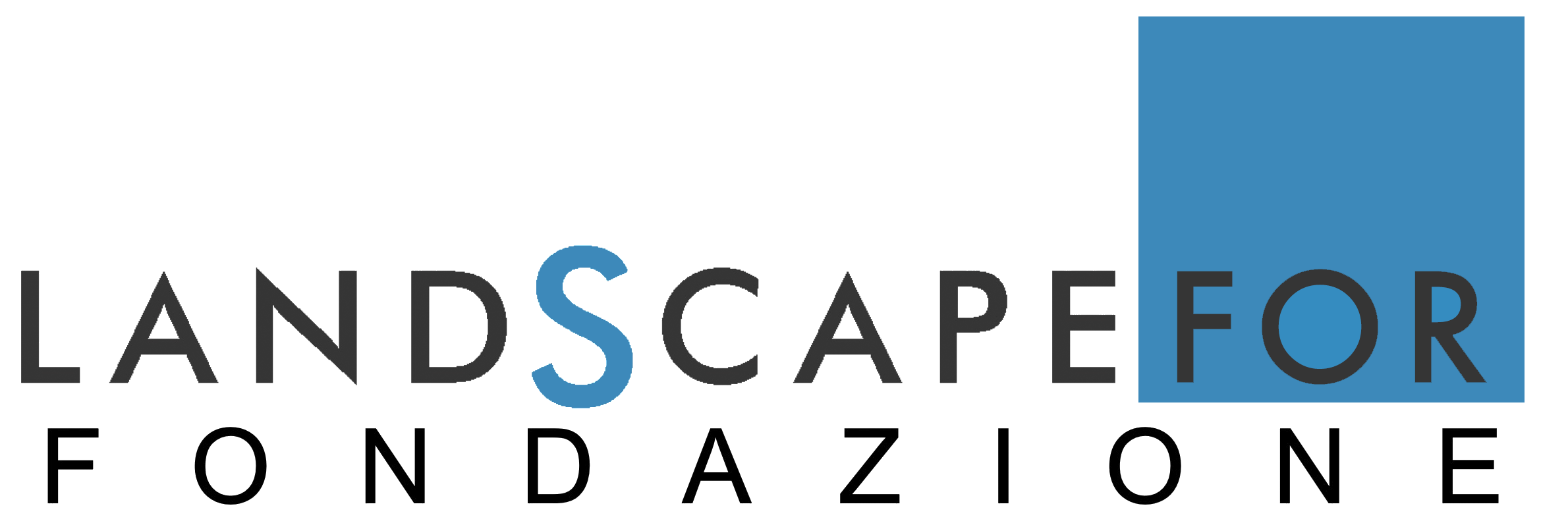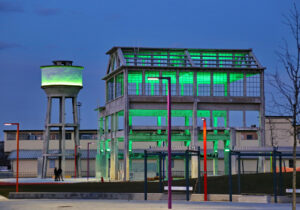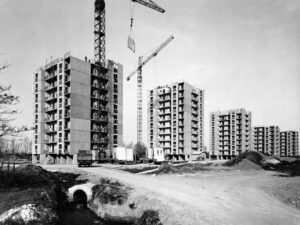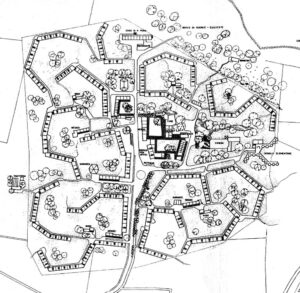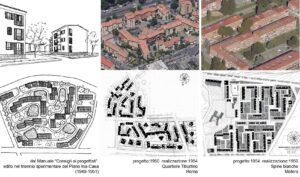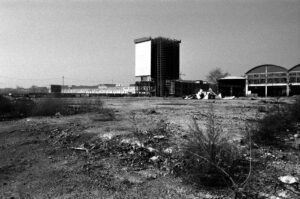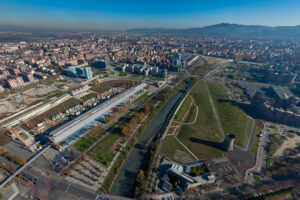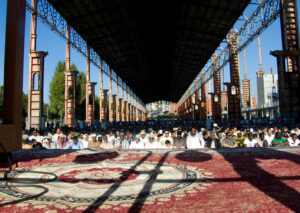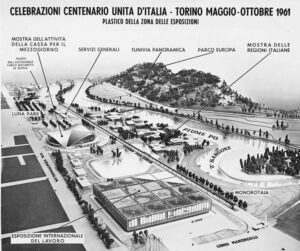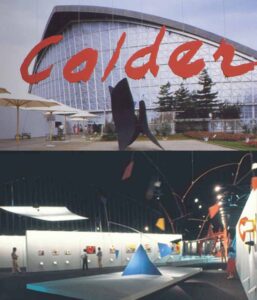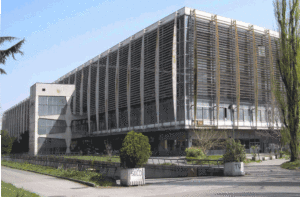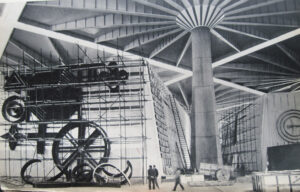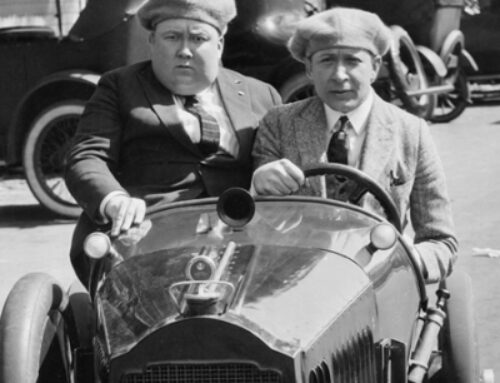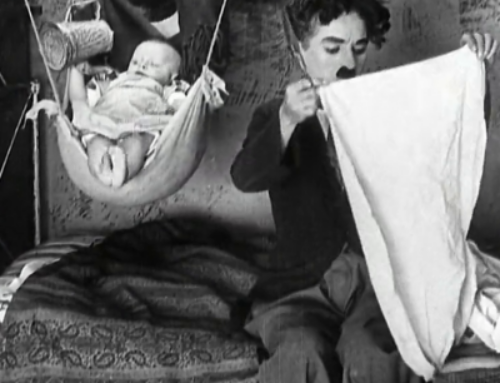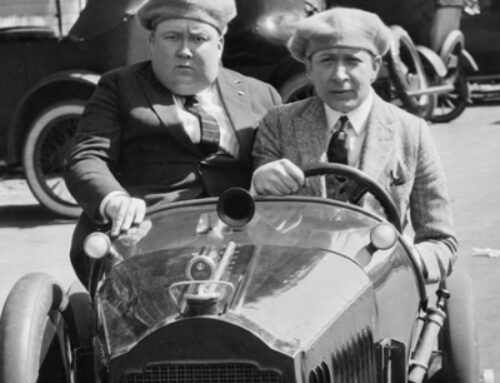We almost always live in parts of recent cities, but we do not see them. We only visit the historic centres, we understand the ancient monuments. But, except for the names of a few archistars, we know nothing of what the living do, of the efforts to make us live better, to leave new architectural marks on the land. We do not know the reasons, the misadventures, the protagonists.
AtlasFor dedicates a special section to contemporary architecture, which we want to activate for each city, with the collaboration of the local Architects’ Associations and the designers themselves. In fact, in order to accompany the visit and better understand the reasons for interest, we want to document with reproductions of the drawings, interviews and historical photos the places, the projects, the stories of the construction and the relationships with clients and administrations.
We have started with Turin, from the parks and neighbourhoods to the north to the Porta Susa area, from the Lingotto to Italia ‘61, from the local rationalists to the Olympic architecture: with a dozen cards of the most important recent works, we count to be about halfway through.
Falchera
For 40 years after the war, the best architects in every city designed ‘popular’ houses, building neighbourhoods that were a model, unfortunately little followed, for making an orderly and liveable suburb.
Here we try to combine architecture and urban design, services and greenery, building tradition and modern forms. AtlasFor reports more than 100 social housing districts that have well marked Italian suburbs in recent decades (see archive: Habitat del ‘900, residential districts). For the time being, these are empty sheets and we will proceed to make comprehensive sheets, as for those in Turin, counting on the help of the local Territorial Housing Agencies.
Vitali area of Dora Park
The city of factories gives way to new living spaces, with warehouses being transformed into leisure parks, still retaining traces of their industrial functions. Parco Dora is one of the first and most important experiments in urban regeneration in Turin.
Palazzo del Lavoro
The Palazzo del Lavoro housed the heart of the Exhibition for the 100th anniversary of the Unification of Italy: the occasion for a national demonstration of innovative planning skills and efficient implementation. In the 50 years that followed, inventiveness dried up and the building, a symbol of post-war reconstruction, was not given a function that kept it alive.
Opening to revealed architectures
More than 100 important architectures of urban interest have been selected for the whole of Italy and we will proceed to make comprehensive entries for them as for those in Turin. For them in Atlas the location has already been prepared, empty (see in the archive: Habitat of the 20th century, recent architectures). But we do not only want to tell about the great public architectures: Atlasfor also wants to document the most interesting architectural works of the last 70 years, regardless of their function and commission.
With the cooperation of the designers, we make available to the visitor drawings and site photos, interviews and criticism at the time of their realisation.
It starts in Turin by searching for available architects who are authors of works already published or selected by the Architecture Foundation of the Order of Architects with the annual competition ‘Architectures Revealed’.
The collaboration with the Foundation aims to spread awareness of the area’s architectural resources, starting with architecture studios distinguished for the realisation of works of relevance in the metropolitan panorama and with a recognised role in the urban landscape. To these firms, the LandscapeFor Association will provide, through the Atlas, a showcase for their most significant works (documented by them), inserting them in the framework of a documentation of the cultural heritage and of the ‘active landscape’ that, for the Turin area, today counts about 120 files, which can be consulted on the website https://atlas.landscapefor.eu. At the same time, AtlasFor makes it possible to display the best of the architects who think they are part of the city’s ‘active landscape’, who could take advantage of a ‘showcase’ on AtlasFor to point out the best projects and make accessible repositories of material (collected for events, studies or publications – printed or digital) that would have new visibility if reproposed on the atlas.
This is the selection made on the projects awarded the ‘Architectures Revealed’ prize:
2015: New Ettore Fico Museum (Alex Cepernich, Andrea Busto); Hollywood House (Luciano Pia)
2014: Senate House (Studio De Ferrari Architetti)
2013: 25 Verde (Luciano Pia)
2012: Functional recovery of the former Tobler (Franco Cucchiarati); Dora Park (Andrea Serra, Simona Covello)
2011: Recovery of former saddlery – Military Arsenal of Turin (Giorgio Comoglio)
2010: District heating plant (Jean Pierre Buffi, Marianne Buffi, Hugh Dutton Associés); Restoration of the steam laundry in Collegno (Antonio Besso Marcheis)
2009: Isolato ex CEAT (Alberto Rolla, Vittorio Neirotti); Sport climbing gymnasium (Erica Ribetti, Silvia Zanetti)
2008: Hotel Santo Stefano (Gabetti & Isola, Franco Fusari)
2007: Recovery of former Carpano factory – Eataly food and wine centre (Giovanni Bartoli, Negozio Blu, Cristiana Catino)
2006: Molecular Biotechnology Center (Luciano Pia)
2005: Restauro della casa di Monsù Pingon (Federico Degiuli, Franco Fusari); Complesso teatrale ex Fonderie Limone (Franco Fusari, Marina Gariboldi, Sergio Manzone, Giovanni Oggioni, Giulia Sarti)
2004: Centro Commerciale La Certosa Ipermercato Carrefour (Antonio Besso Marcheis)
Per informazioni sulla call scrivete a: info@landscapefor.eu
